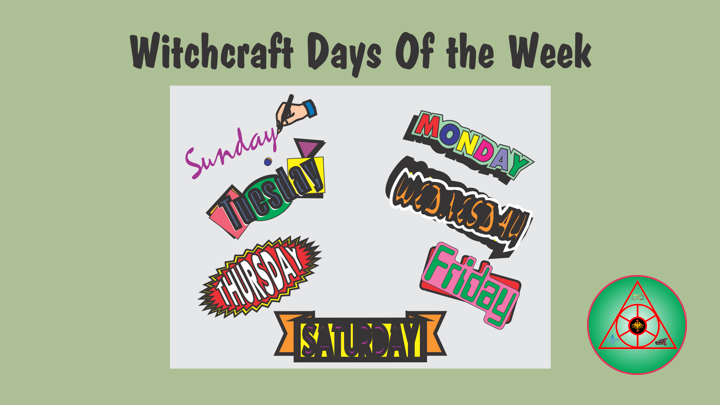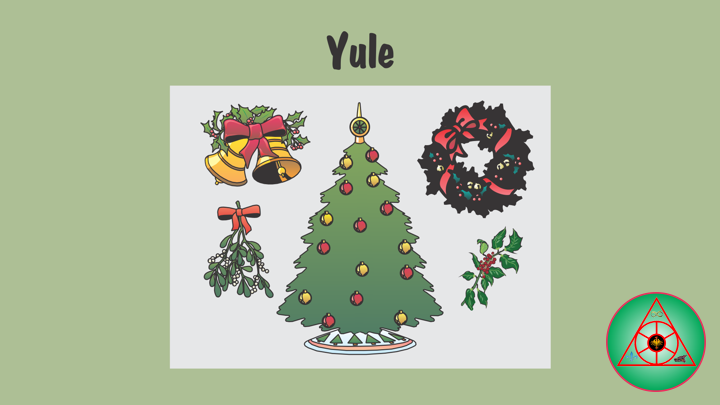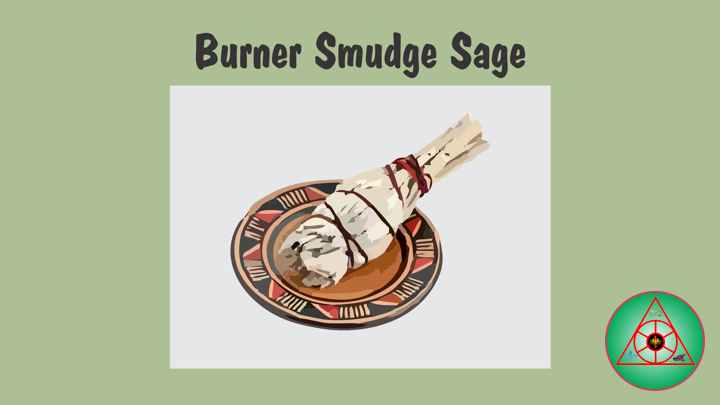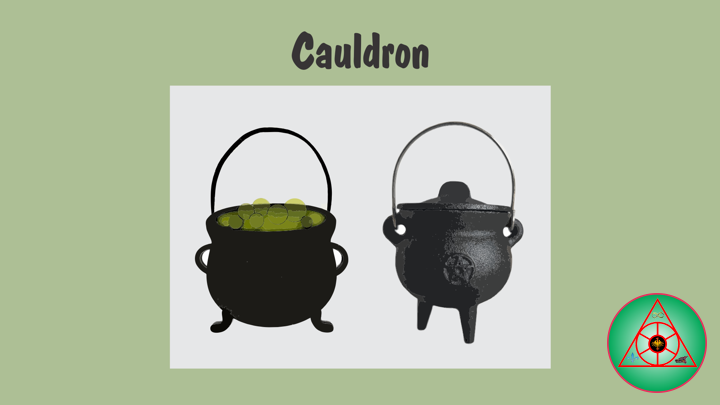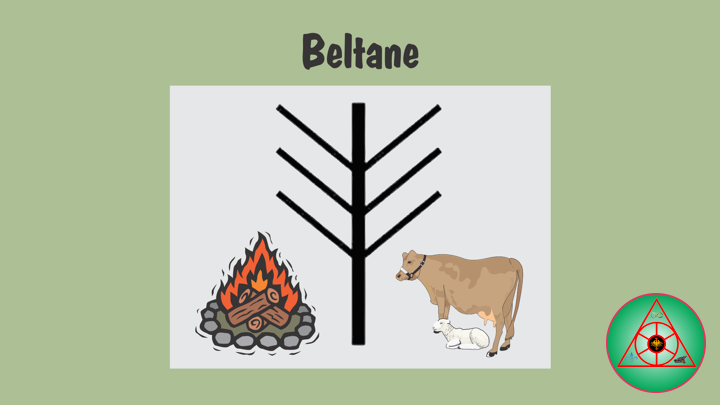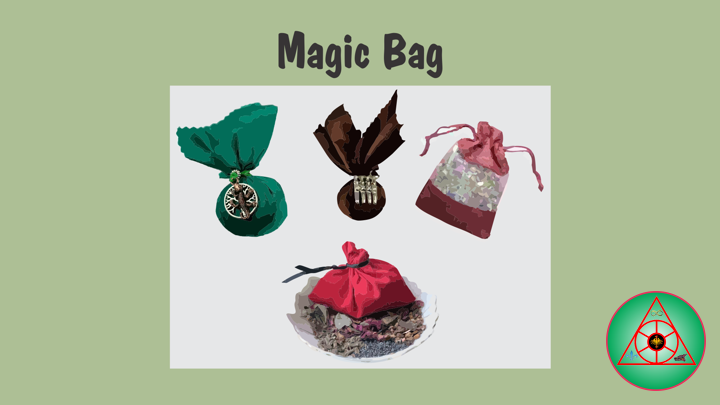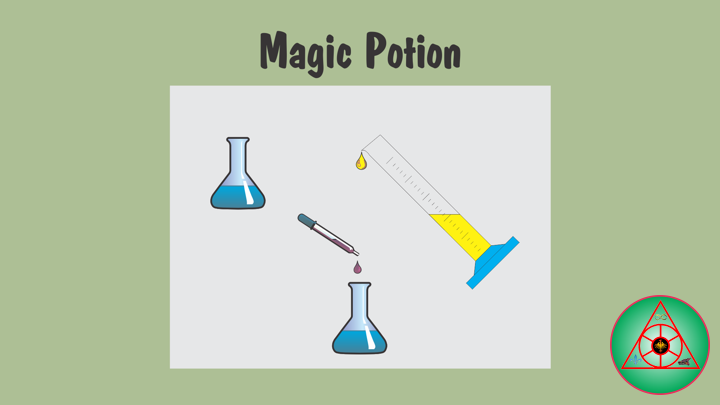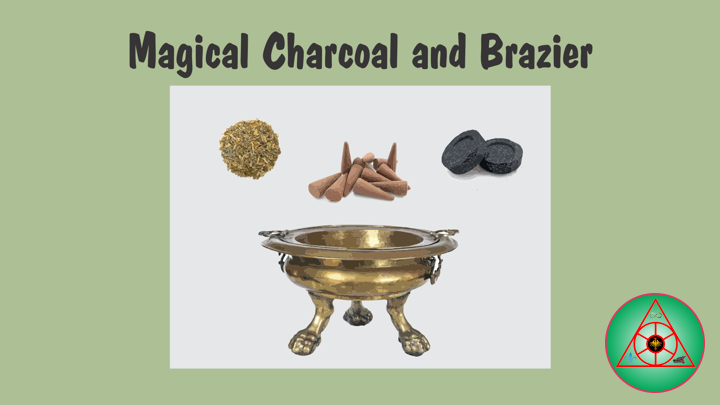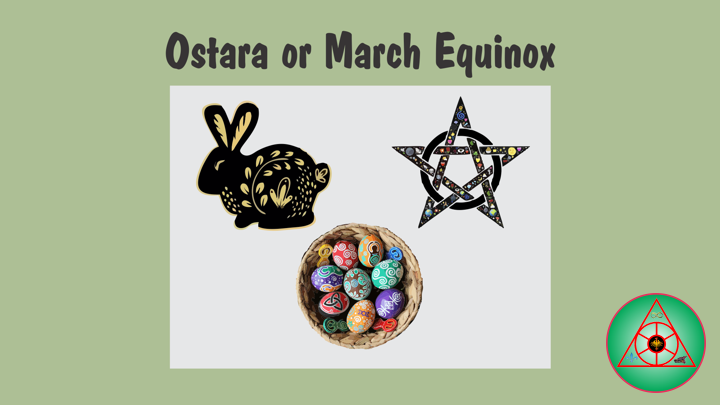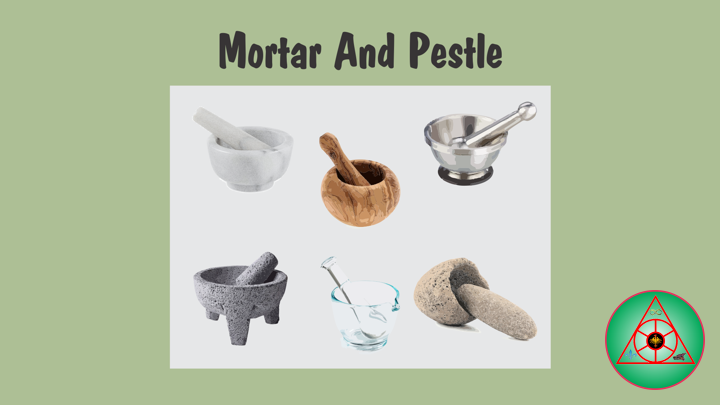——
#Magic #TLBWB #HighPriestess #Witchcraft #Wizard #Witch #WitchcraftDaysWeek #BookOfShadows #WheelOfTheYear #MagicalHerbs #MagicalOils #Incense #Pentacle #MagicCircle #MagicSpell #Grimoire
——
——
Witchcraft Days Of the Week
In many traditions of Witchcraft, days of the week are important aspects of effective spellcasting. While not all traditions follow this rule, when you’re doing any magical working, always be sure to document the day of the week you’re performing the spell. You might be surprised later on to see some connections.
Sunday
Sunday is associated with the colors yellow and gold, which shouldn’t be surprising, it’s the day of the sun. When it comes to crystal use, Sunday is related to quartz crystals and diamonds, as well as the yellowish hues of carnelian and amber. For herbs and plants in magical workings, use marigolds, sunflowers, or cinnamon.
What kind of magic is best performed on Sunday? Well, it’s a day that generally has many associations agriculture, beauty, hope, victory, self-expression, and creativity are all connected to this particular day. Plant or harvest something new, create something from nothing and prepare to win at everything.
Monday
Monday is the day of the moon itself, and it’s a day that’s connected to lunar colors like silver, white, or even a pale blue. Metals and gemstones like silver, pearl, opal, and moonstone all come into play today. Utilize wintergreen or peppermint, as well as catnip, comfrey, sage, and chamomile in your workings.
When it comes to Monday magic, because of that lunar connection, it’s a good time to focus on workings related to childbearing and family life, purity and virginity, healing, wisdom, and intuition. Do a little bit of self-exploration and work on developing your intuition, learn to trust your gut. Celebrate birth and life, and make some magic to fix what is broken.
Tuesday
Tuesday is a very martial sort of day color associations include bright red and oranges, as well as warrior, like metals such as iron and steel. Red gemstones like rubies and garnets come into play on Tuesdays, as do herbs and plants such as thistles, holly, coneflowers, and cacti, you’ll notice these are all sharp, prickly plants.
One of the interesting and more than a little amusing aspects of Tuesday magic is that in addition to war and conflict against your enemies, this is a day also associated with marriage. You can also use this day of the week for magical workings connected to protection and initiation. Use Tuesday to assert yourself, make a mark and stake your claims.
Wednesday
This is a day associated with the color purple, the planet Mercury, and the metal quicksilver which is also called mercury. Gemstones like adventurine and agate come in handy as well, as do plants such as aspen trees, lilies, lavender, and even ferns.
Business and job related issues, communication, loss and debt, traveling, and journeys are all tied into Wednesday. This is a good day to do a working to open up lines of communication, especially if your actions are preventing you from being an effective speaker or listener. Go someplace new or return to an old favorite stomping ground, step up your game, and settle up your accounts.
Thursday
Thursday is a day of royal blues and greens, associated with the planet Jupiter and metals like tin. Gemstone correspondences for Thursday include turquoise, amethyst and lapis lazuli, and plant associations can be found in honeysuckle, cinquefoil, and even oak trees.
This is a day for honor, fealty and family loyalty, as well as harvesting, success, and prosperity. Take advantage of Thursday’s different aspects and do spellwork that brings abundance to you, declares your allegiance, and embraces prosperity.
Friday
Friday falls at the end of the work week for many of us, and that means we get a chance to relax for a little bit. Mark your Fridays with colors like pink and aqua, and metals such as copper. Gemstones associated with Friday include coral, emerald and rose quartz, and plants like strawberries, apple blossoms and feverfew are also related. This is a good day to do spellwork associated with family life and fertility, sexuality, harmony, friendship, growth. Take advantage of Friday’s correspondences and plant a seed, make something grow, and enjoy your blessings.
Saturday
It’s the end of the week for many of us, so Saturday is a good time to wrap things up. Associated with the colors black and dark purple, and the metal lead. Gemstones like Apache tear, obsidian, and hematite are all connected to Saturday’s magic, as are plants such as thyme, mullein, and the cypress tree.
When it comes to magical workings, focus on agriculture and creativity, fortune and hope, protection and banishment of negativity. Put up a barrier to keep the unwelcome out, eliminate the things that make you miserable, and wash your hands of anything other than your hopes, dreams, and goals.
Follow Us
Languages Spoken and Written: English, French and Spanish.
eMail: lostbeardedwhite@sassquatch.org
Facebook: https://www.facebook.com/neosteam.labs.9/
YouTube: https://www.youtube.com/@thesass2063
Twitter: https://twitter.com/labs_steam
Pinterest: https://www.pinterest.com/NeoSteamLabs/
Instagram: https://www.instagram.com/luc.paquin/
The Lost Bearded White Brother

